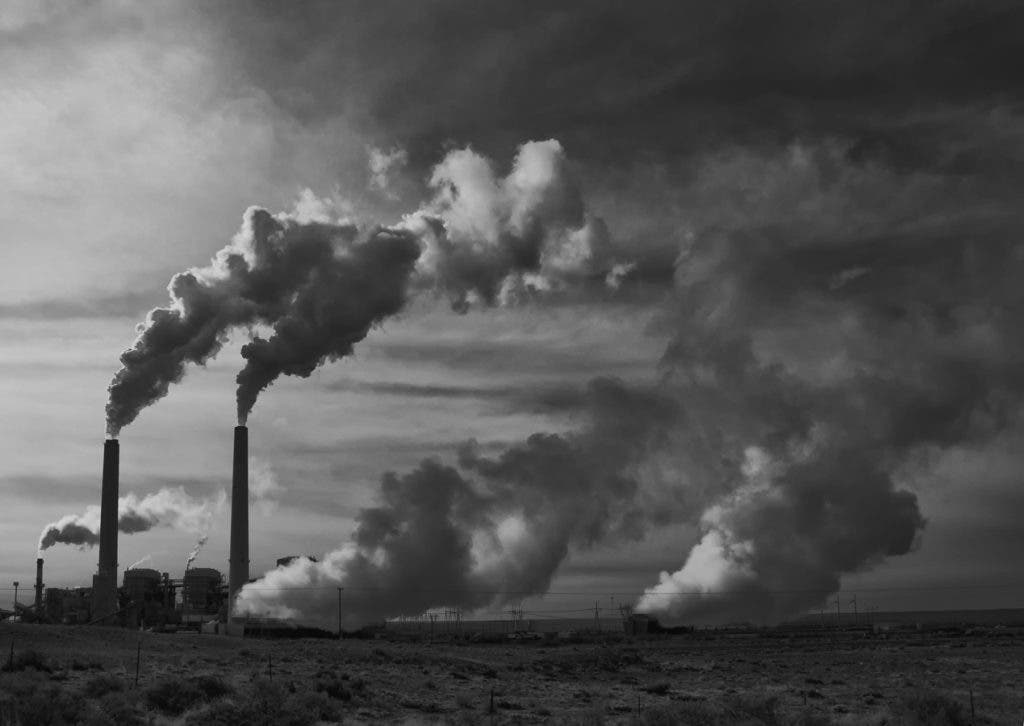
The Presidential Administration seems adamant at reviving the coal industry artificially despite all over the world this industry is dead or dying, mostly at the hand of fracked natural gas. Not only is burning coal last century’s tech, the rampant pollution spewed by coal-fired plants kills 13,000 Americans each year down from 24,000 in 2004, when less regulation was enforced. Not everyone is affected in the same way by coal pollution, as evidenced by a recent case study shared by Edson Severnini, an economics and public policy researcher at Carnegie Mellon.
Severnini looked at what happened to the health of people living in communities from the southern United States after two nuclear power plants were shut down in the wake of the 1979 Three Mile Island nuclear meltdown. This was the most serious accident in U.S. commercial nuclear power plant operating history, although its small radioactive releases had no detectable health effects on plant workers or the public. Nevertheless, pressed by the public which suddenly became very critical of nuclear power, the Tennessee Valley Authority closed down two nuclear power plants whose power output was replaced by new coal-fired plants which opened in Tennessee, Kentucky, Georgia, Alabama, and Mississippi.
Severnini looked at things like how much energy was produced by each coal plant, pollution levels for the towns and cities in the vicinity of the plants, as well as medical data on newborn babies born in these areas. The findings were striking.
On average, the weight of a newborn baby declined by 5.4 percent after the new coal-powered plants began operating. This decline in weight was consistent and appears to be unique to the areas impacted by new air pollution. In absolute numbers, each baby weighed on average one-fourth of a pound less.
“In response to that shutdown, electricity generation shifted one to one to coal-fired power plants within TVA, increasing particle pollution in counties where they were located. Consequently, infant health may have deteriorated in the most affected places, indicating deleterious effects to public health,” the researcher wrote in his paper.
Popular Mechanics reports that a 5.4 percent reduction in newborn body weight “can result in a lower intelligence quotient and lower income, as well as higher rates of illness, stunted growth, and [brain] developmental problems.” That’s not counting known health risks associated with coal pollution for both infants and adults alike. According to a report issued by Physicians for Social Responsibility (PSR), pollutants in the air from burning coal damage virtually every major organ in the human body and contribute to four of the top leading causes of death in the USA.
“These stark conclusions leave no room for doubt or delay,” says Kristen Welker-Hood, PSR’s director of environment and health programs. “The time has come for our nation to establish a health-driven energy policy that replaces our dependence on coal with clean, safe alternatives. Business as usual is extracting a deadly price on our health. Coal is no longer an option.”
Severnini’s report once again highlights the devastating effects of burning coal for energy, though the findings are correlated and not causal (it would be nearly impossible to establish a causal link in this case). As such, the case for ‘bringing coal back’ or ‘making it great again’ is not warranted. It’s bad for our health and the environment. It’s bad for business, too. According to a 2011 study published by the late Paul Epstein at Harvard, coal imposes external costs of $350 billion to $500 billion — half a trillion dollars — every year in the U.S.
Instead of coal, we should be more focused on getting our energy from renewable sources — and there is some progress. Last year, 95% more solar capacity was added in the United States. Solar now employs more people in electrical power generation than coal, gas, and oil combined. There are twice as many jobs in solar than in coal in the United States.
At the same time, the intermitted nature of wind and solar means we’ll have to wait maybe one or two decades before the energy storage tech catches up with our needs. To be 100% independent from fossil fuels, nuclear power should also play its part as a transitional energy source. In a world where coal kills 4,000 times more people per unit of energy than nuclear, I think most people are pointing fingers at the wrong targets.






